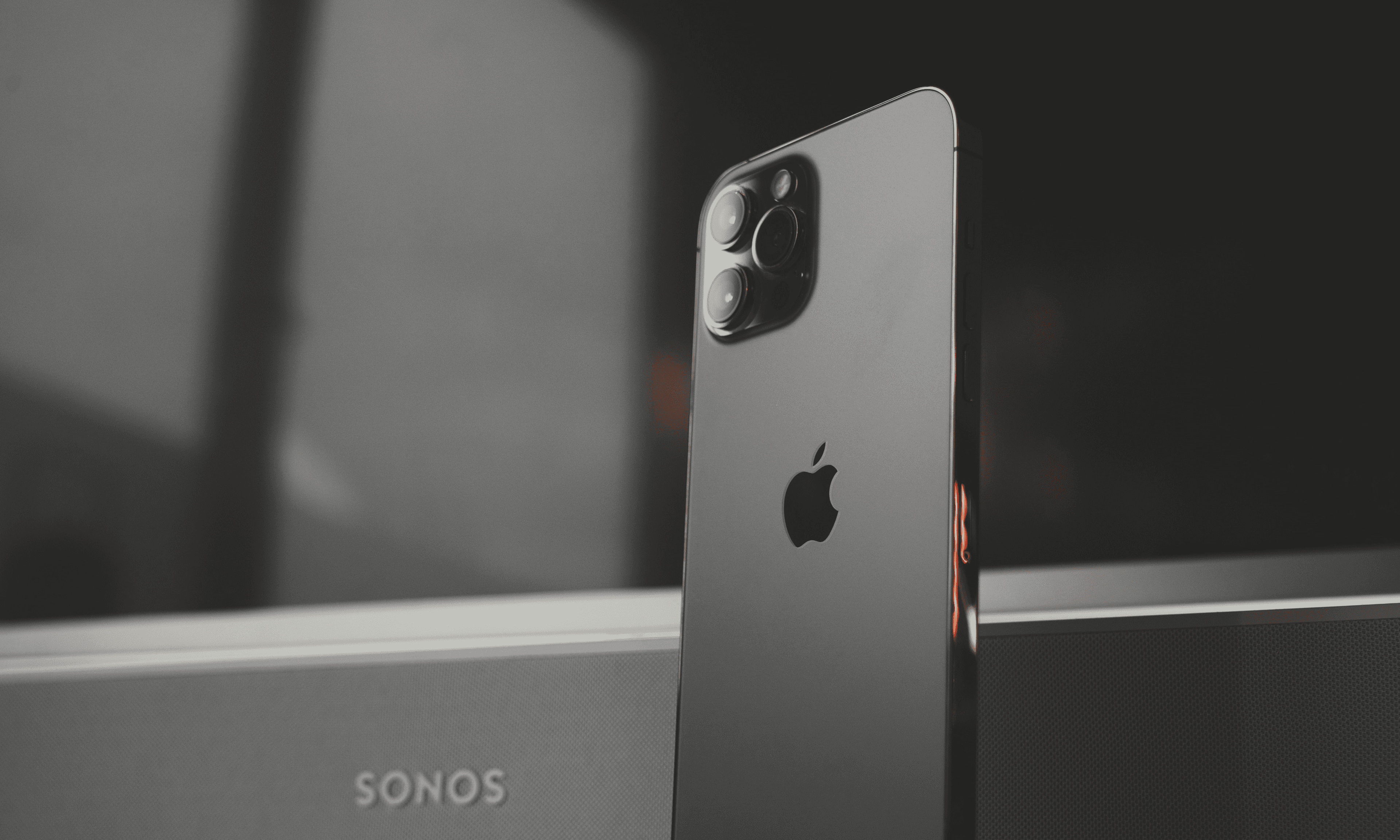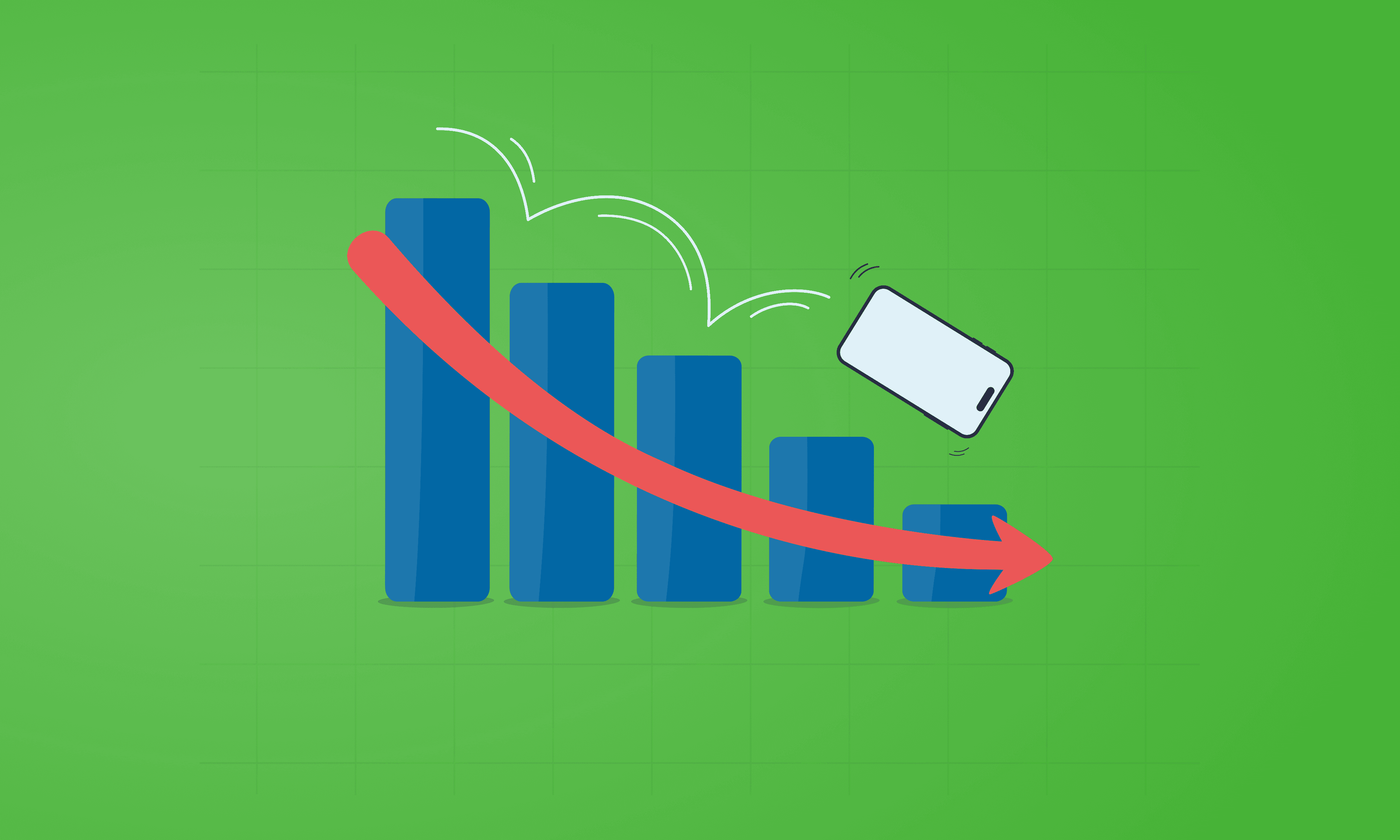With refurbished phones growing in popularity, are they a more eco-friendly alternative to a brand new phone?

Written by Antonia, Head of Marketing | Consumer Electronics and Money-Saving
Last updated on 12 December 2025

The way smartphones contribute to climate change is by having a significant carbon footprint that accumulates from mining metals to make components, assembling the devices in gigantic plants that are far from being carbon efficient and unregulated recycling practices that do more harm than good. Many don’t realise, but with manufacturing every new phone there are carbon emissions associated. In 2024 alone, manufacturers sold 1.22 billion new phones, a rebound figure after a two year decline (the amount of units manufactured potentially is higher than that) artificially ending the useful life of the phone that’s in your hands. Collectively, the mobile phones sold released roughly 121.5 megatonnes of CO2-e (2). Just to put in perspective, it is as much as driving over 26 million petrol cars for a year!
While we wait for a truly sustainable carbon neutral mobile phone to emerge, there’s an alternative for the time being - a refurbished phone.
If you’re new to the term 'refurbished phone' then in short it is a mobile phone that was professionally refurbished after its previous user and does not require to be manufactured from scratch.
This makes refurbished phones a whole lot more sustainable. In fact, a single refurbished phone produces 11 times less carbon and saves 261.3 kg of raw materials compared to brand new smartphone, according to an in-depth study (3) by the French Environment and Energy Management Agency (ADEME).
| Impact | New Smartphone (Over a lifespan of 3 years) | Refurbished Smartphone (Over a lifespan of 2 years) | Damage Prevented |
|---|---|---|---|
| Carbon Emissions (CO2-e) | 85.2kg | 7.61kg | 77.59kg |
| Raw Materials | 286.6kg | 25.3kg | 261.3kg |
Source: Compare and Recycle based on research by The French Environment and Energy Management Agency (ADEME).
Refurbished phones are essentially one of the best examples of reuse practices under circular economy which allows for a previously manufactured device to have another useful life instead of becoming waste and driving the demand for more mining to produce brand new phones. Let’s take a deeper look into the numbers highlighted in the able above and unearth the differences between new and refurbished phone from an environmental standpoint.
The making of mobile phones is undoubtedly the most carbon demanding process from the entire life cycle of a phone. Nearly 80% of the brand new phone’s total carbon footprint comes from manufacturing. The reason being is that in order to piece together a smartphone, components have to travel around the world several times, starting with raw materials being mined, then they take shape into circuit boards, touchscreens and camera lenses, and finally a familiarly looking smartphone that you can go and pick up in a shop.
The journey a brand new phone needs to make before it reaches its first owner can look like this:
✔ Raw materials extraction takes place in South East Asia, Central Africa or South America and mining is a heavily polluting process
✔ Main components are manufactured in Europe and Asia which is a resource intensive process with high levels of waste to landfill
✔ Final assembly happens in Southeast Asia
✔ Distribution to markets worldwide often happens by air.
The overall carbon footprint of a refurbished phone depends on where the sourcing of the used device and the refurbishment itself happens, but the French Environment and Energy Management Agency (ADEME) estimated (3) that over a course of 2 years of use, a refurbished phone generates 7.1kg of CO2-e compared to 85.2kg of CO2-e emissions by a brand new phone. This means that choosing a refurbished phone over a brand new smartphone saves 77.59kg of carbon dioxide.
A refurbished phone does not need to be manufactured and requires 87% less virgin materials than a brand new one. Since a refurbished phone undergoes a refurbishment which might include a screen or battery replacement which requires far less materials, it avoids the mining of 243.3kg of raw materials per phone, according to ADEME’s research. If all 1.4 billion phones sold in 2021 were sourced from previous generation models and refurbished instead of being manufactured from scratch, 340 megatonnes of precious metals could have been saved.
Mining and refining the raw materials for a single brand new phone creates 200 times more waste than the weight of the phone itself. This is an extreme amount of solid waste which ruins landscapes and intoxicates ecosystems.
ADEME’s study suggests that a single refurbished phone generates 89.02% less e-waste which amounts to preventing 178.2g of waste being generated compared to a brand new phone. Now imagine if half of smartphone users in the UK opted in for a refurbished phone instead of a brand new one, the amount of waste prevented would quickly scale up and stopping the growing rates of e-waste wouldn’t be such a challenge.
You might be surprised to learn that even though water is a smartphone's kryptonite, a significant amount of water is required to make a smartphone. The production of microchips alone is an extremely water-intensive process.
It is estimated that a refurbished phone requires 85.2% less water in comparison to a new smartphone saving 76,000 litres (3). That’s enough daily drinking water to last a human being for 65 years, given that recommended fluid intake is 3.2 litres per day.
One of the major factors that puts a green tick against refurbished phones being better for the environment than their brand new alternatives is that they are ‘made’ from reused devices and do not contribute as much to environmental pollution and e-waste. Refurbished phones not only reduce the need to dig earth for new metals but they also have a much lower carbon footprint. In fact, a single refurbished phone emits 91% less CO2 than a new smartphone. Simply because fundamentally refurbished phones reuse electronics, it allows to:
✔ Preserve natural resources by avoiding the extraction of virgin metals for manufacturing purposes
✔ Reduce the production of waste
✔ Decrease carbon footprint.
Refurbished phones are not the be-all end-all solution to the enormous environmental impact of the smartphone industry, but they certainly can help with moving towards a more sustainable future where smartphones don’t cost the earth, literally.
References:
(1) Source: Number of smartphones sold to end users worldwide from 2014 to 2024 by Canalys.
(2) The 76.86 megatonnes of CO2 was calculated by multiplying the amount of mobile phones sold and average CO2-e of a new smartphone of 63kg.
(3) Source: Assessment of the Environmental Impact of a Set of Refurbished Products, September 2022 Report by the French Environment and Energy Management Agency.

The iPhone used to define innovation. Now every new model feels the same. Is Apple’s story running out of pages?

See which Apple, Samsung and Google phones hold their value best over the first and second year on the market.
With Pixels becoming a decent contender for your upgrade choice, we’ve crunched the numbers to reveal depreciation patterns of Google Pixel phones.